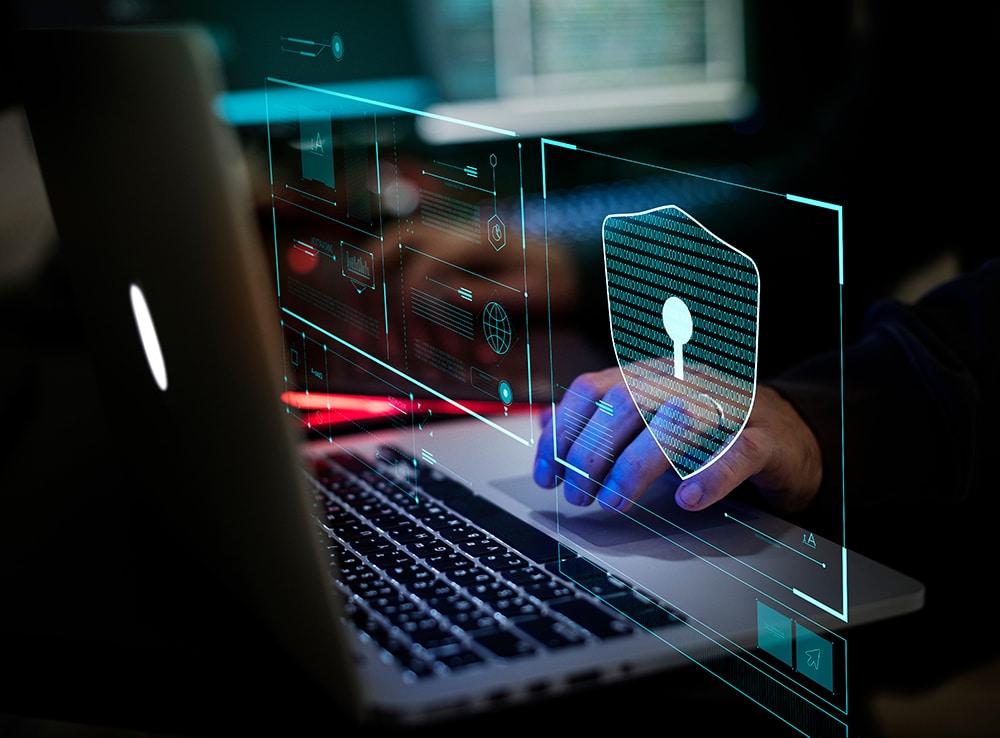
We all have a mother tongue, and some have the privilege of being able to speak a second language; others even three to four languages, and so on. Therefore, the nth language is a default language that many of us - commonly - are capable of, in addition to however many other languages we know. All existing languages in the world have their grammatical and punctuational engineering - the dos and don'ts - a complete deep infrastructure that only great linguists can explain more wisely than I.
Emotional icons (emoticons or emojis), embedding emotional messages in numerical figures or letter abbreviations, go way back in history (ancient Egypt and Rome), where they were used for different purposes - mostly expressing the emotion at the time of writing or dictating the text.
From writing, to typewriting, to SMS and email, we have now settled for the use of graphic emojis, a visual language that requires no literacy, but merely the bliss of eyesight. Or does it? Being a heavy "texter" since the good old Nokia days, I have grown quite a spidey-sense when it comes to reading into, or in between the lines, of a text message containing emojis. Trust me - they're not always what they seem to be!
It's quite ironic that throughout the centuries, a language has been developed that - ideally - should not require any competency to be used, yet the emotional states of people pushes them to justify or intend using very clear characters to mean something totally different. You will run into some people that actually use the most classic smiley face of all time ":-)" as an indication of a bad attitude, or a sort of anger. Other people will "love" or "hate" using some icons, which ironically means people are having mixed emotions about the icons representing their emotions!
This has and will always cause some dilemmas in communication, because an electronic-text conversation can go from north to south because of a wrongly interpreted emoji. Words have started to become a pale wall, with emojis being the paint of that wall. Some will like the color, others will not, regardless of the content of the text itself.
I once wrote a lengthy WhatsApp message explaining to a person that the actions they have done are not acceptable, and that we will be holding their payment until they take corrective action. I followed that text with an ":-)" icon, which to me meant: I am upset, and this is not OK, though the response I got was something along the lines of "I appreciate your sportsmanship about this issue".
Be careful of what emoticon you use, and who you are sending it to. One can send a message followed by an emoji that can be visually interpreted by the other person like: A clown attending a funeral! :D
By Nawaf Al-Arbash



